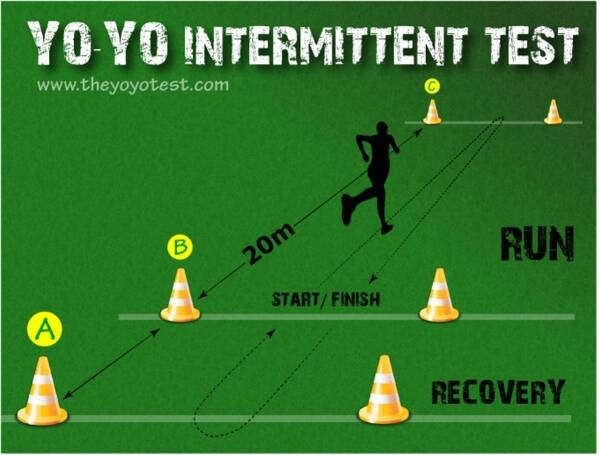Free Courses Sale ends Soon, Get It Now


Free Courses Sale ends Soon, Get It Now



Disclaimer: Copyright infringement not intended.
Context
What is Yo-Yo Test?
Version
What is a DEXA scan?
Importance of these Tests in Sports
© 2024 iasgyan. All right reserved